Story and photos by Jasper Zhou, CHC Communications
My main photography focus is on both landscape and wildlife, specifically raptors. I'm drawn to raptors because of their sharp vision, which is necessary for birds of prey. Note that these birds are protected species, and play a significant role in balancing the ecosystem. In this photo essay, I included shots from this past year; these photos were taken on campus and in the surrounding Eugene area.
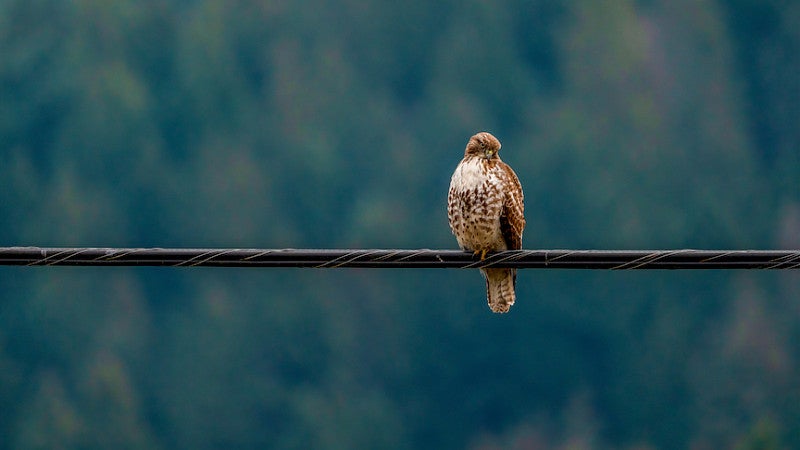
Red-tailed hawk.
Red-tailed hawks have a vast population throughout the country, and are easily identified by their red tail. However, juvenile red-tailed hawks don’t have red tails and not all the red-tailed hawks have red tails. Identifying this bird is quite easy; one of the keys is looking at the pattern of belt-like feathers in front of their chest/stomach.
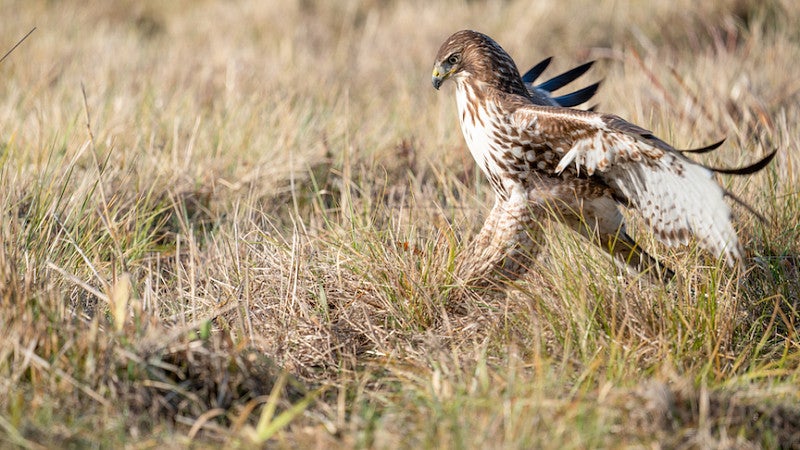
Red-tailed hawk.
One of my favorite shots so far; this red-tailed hawk swooped in front of me in an attempt to catch prey.
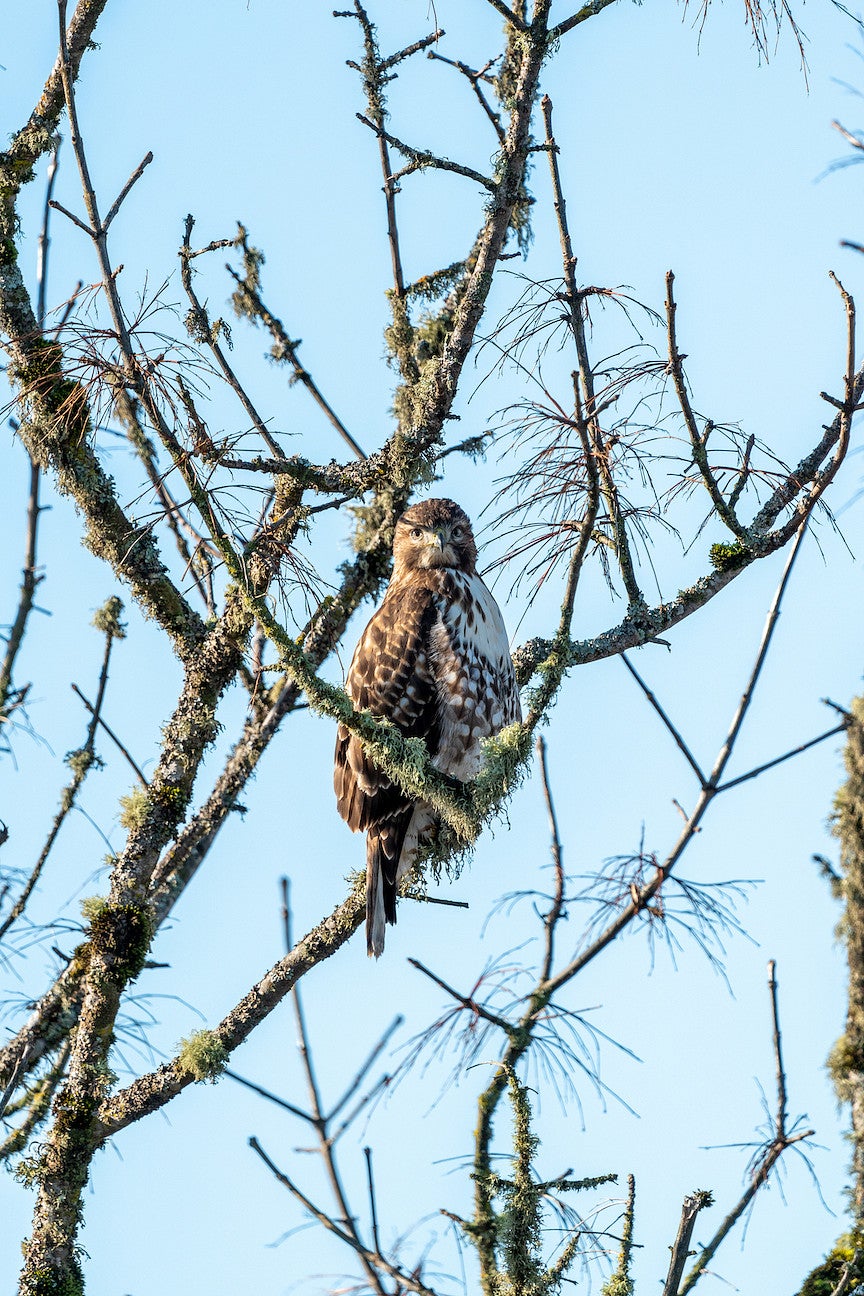
Red-tailed hawk.
This is my all-time favorite female red-tailed hawk photo — super fluffy, super cute!
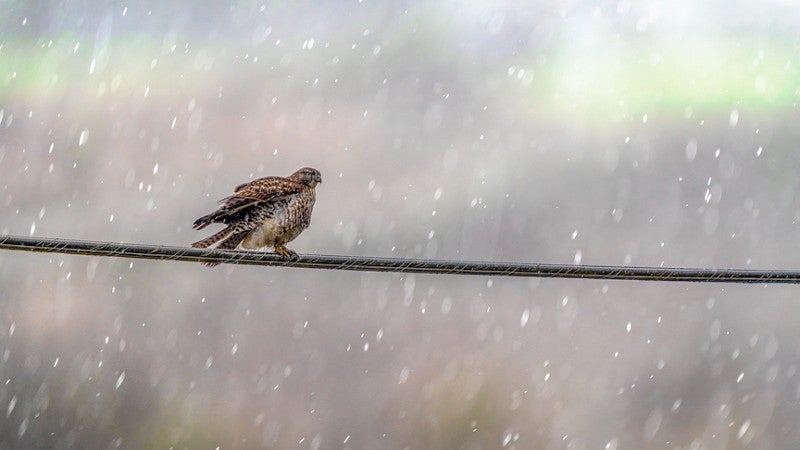
Red-tailed hawk.
I shot this red-tailed hawk on a rainy day when I was biking around the Eugene countryside.
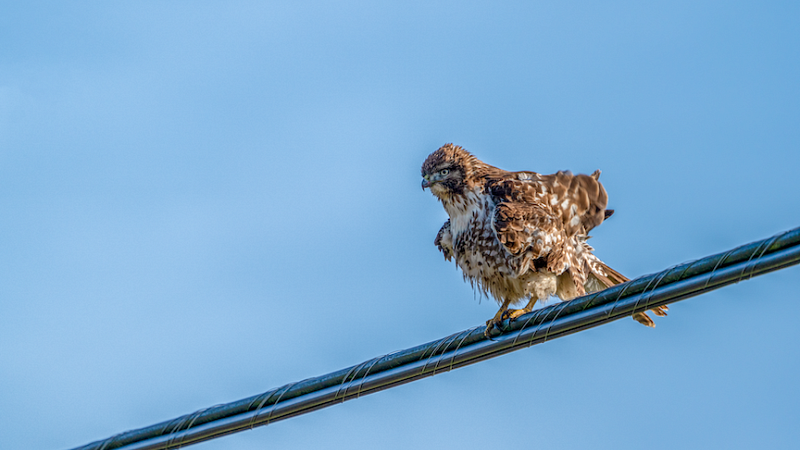
Red-tailed hawk.
A red-tailed hawk shakes water from its body after a light rain shower.
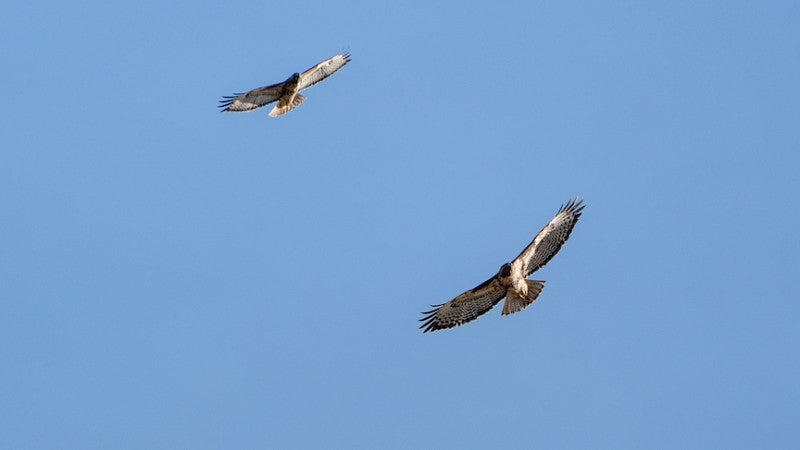
Red-tailed hawks.
Two red-tailed hawks in flight.
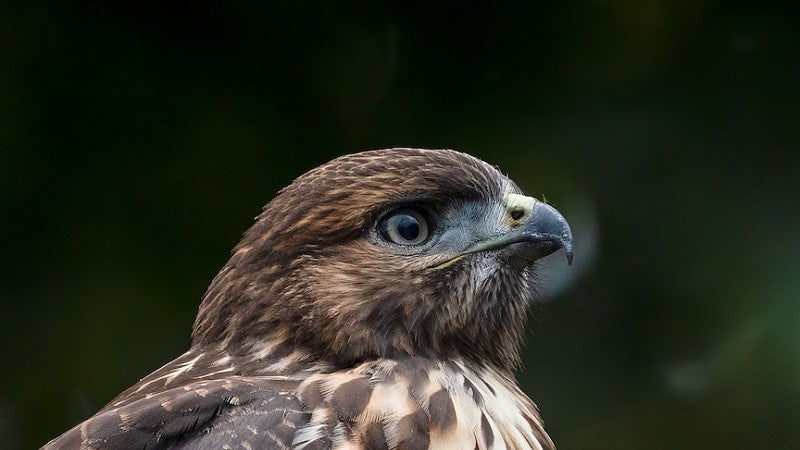

Red-tailed hawk.
I shot this red-tailed hawk on the UO campus. Our campus is a tiny ecosystem that attracts these lovely raptors.
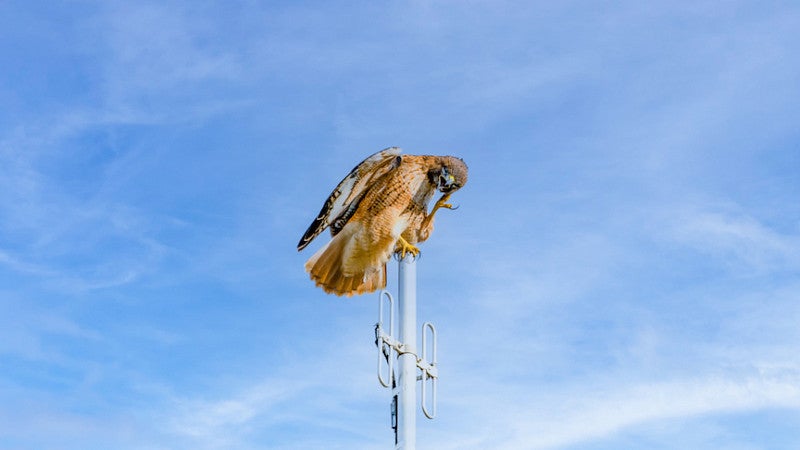
Red-tailed hawk.
Another photo I shot on campus. Raptors like to stand on poles, branches, and such; it is quite easy to spot them with trained human eyes. This red-tailed hawk scratched its head, and it seemingly enjoyed that.
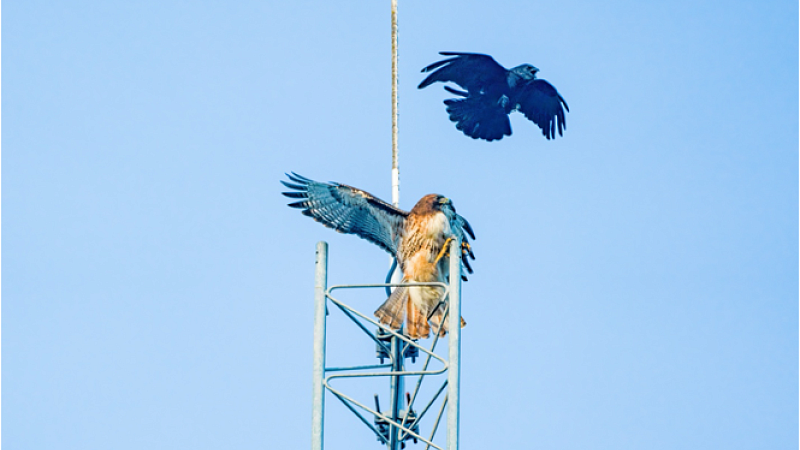
Red-tail hawk being bullied by a crow.
Another photo I shot on campus. It is quite interesting to see other bird species pick on raptors. In this case, a murder of crows (other crows were cycling around outside of this shot) picked on this red-tailed hawk. Unlike Cooper’s hawks, red-tailed hawks won’t hunt other birds; rodents are their major food source.
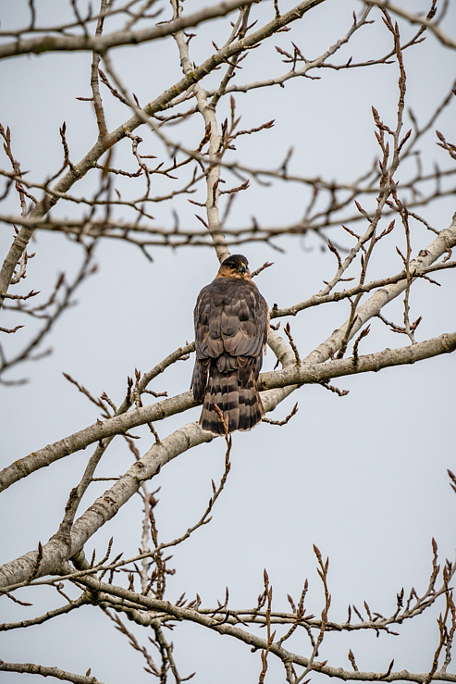
Cooper's hawk.
Cooper’s hawks are relatively rare around the Eugene area. As I mentioned previously, they mainly hunt birds. When you look at their eyes, they definitely seem less merciful, but again, their sharp vision always amazes me. A cool thing to note is that adult Cooper’s hawks will have darker orange to red eyes, and there aren’t many raptors that share these kinds of eye colors.
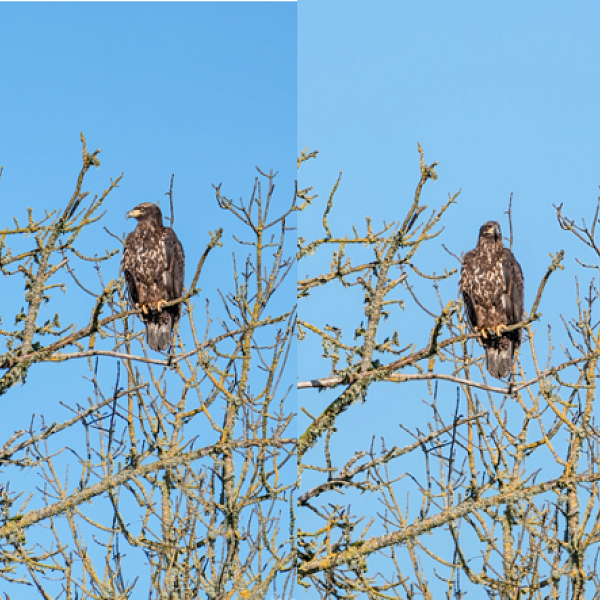
Bald eagle.
Some people think bald eagles have a white head and white tail since they are young; however, that is not quite true. Here are some photos showing a sub-adult bald eagle standing on branches in Eugene. It can take about five years for their heads and tails to become white — sometimes even longer. They can grow quite big quite quickly, which serves as a way to scare other creatures.

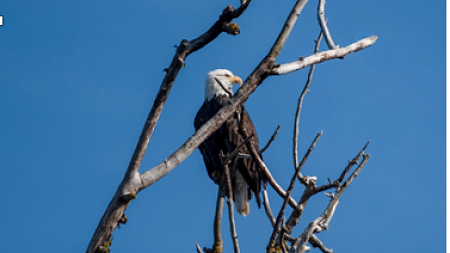
The same bald eagle, shot approximately one year apart.
These two photos are shot roughly a year apart and is an example of adult bald eagle. I shot the left photo around the end of November of 2020, and I shot the right photo recently. It is always amazing to capture the same raptor’s photo at different times; I feel lucky. This bald eagle has incurred a damaged beak since I spotted it last year, but it is doing fine. The beak looked far worse than it does now, and is amazing to see how raptors live through all kinds of rough conditions and still survive.
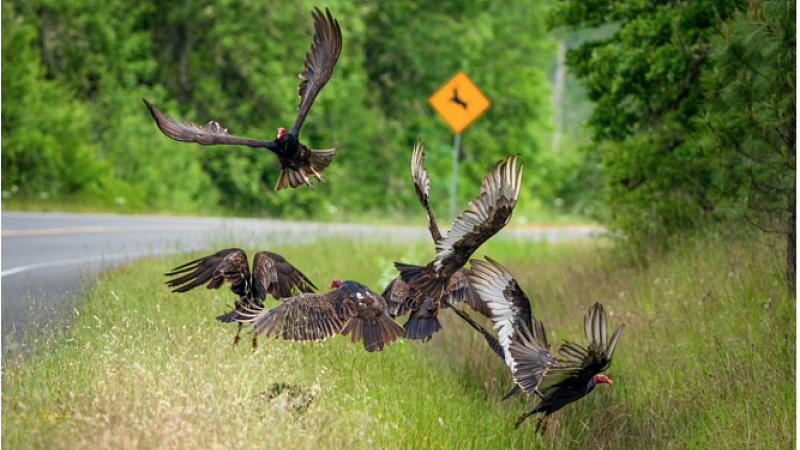
Turkey vultures.
Disclaimer: I don’t harass or scare any animals away when I shoot wildlife photos. These turkey vultures flew off due to cars driving nearby.
Unlike other kinds of raptors, turkey vultures cannot hunt with their feet. What do they eat, then? Dead and decaying animal flesh is their food source, and they have a strong sense of smell to locate decomposing animals. I shot this photo when I biked around the Eugene, and they were feeding on a dead deer. Their stomach acid is about 100 times more corrosive compared to human stomach acid, which allows them to process bacteria and serious diseases. Also, they do not have a voice box. A quiet birdy!
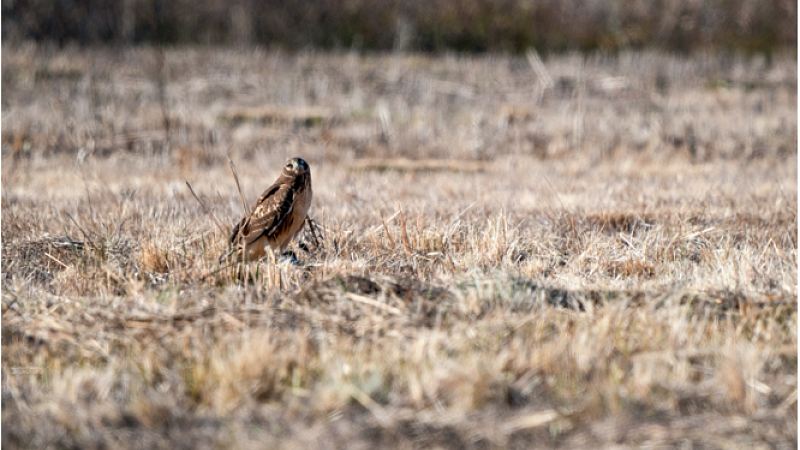
Northern harrier.
This is a female northern harrier. Fun fact: you can identify raptor’s gender in most cases by their sizes. Generally, the female raptor is bigger than the male, and in the case of northern harrier, their genders can be identified by looking at their facial colors. The female northern harrier has a brown-looking face while the male has a gray one. I like this type of raptor is becauseof the special “mask” on their face.

Red shouldered hawk.
This is by far my favorite red-shouldered hawk photo. This type of hawk is relatively easy to identify by its football-like body shape.
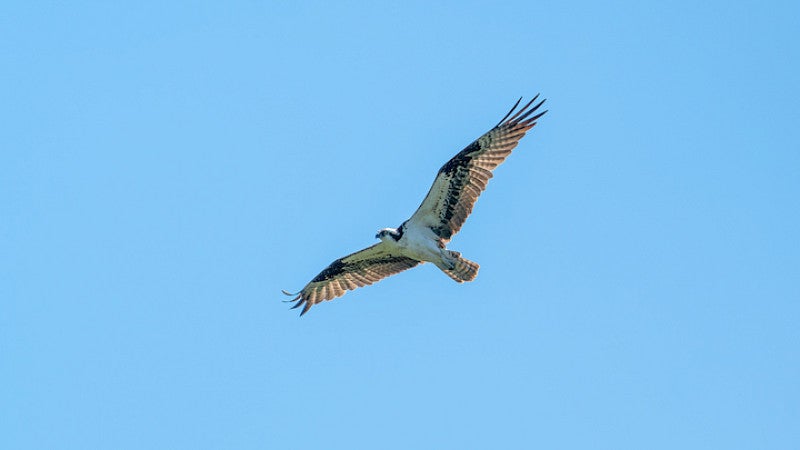
Osprey.
As some of you might know, there’s an osprey nest on top of the Knight Law School. During spring and summer, you can easily hear them calling; indeed, they are quite talkative! Osprey are one of the raptors that migrate, as do many raptor species around the world when the seasons change. There are several osprey nests around Eugene, and high osprey populations are an indication that a living environment is healthy. Yes, they eat fish!
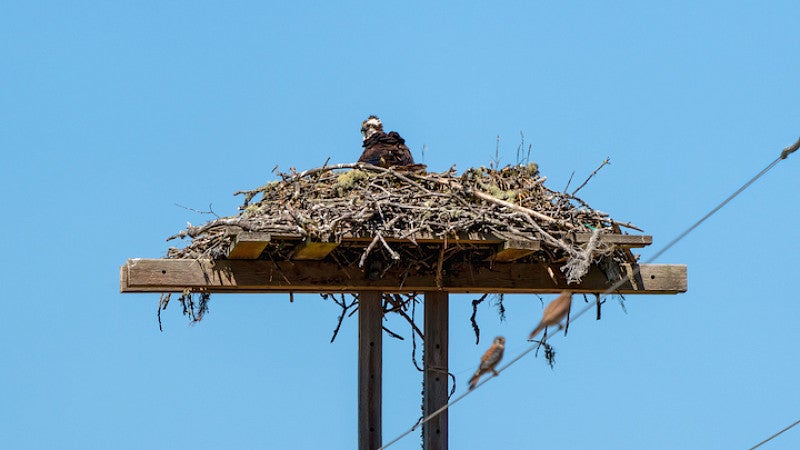
An osprey nest in Eugene.
This photo is amazing because it captures two types of raptors in one photo. The osprey is at home, and a pair of American kestrels stand on the powerline and look at each other.
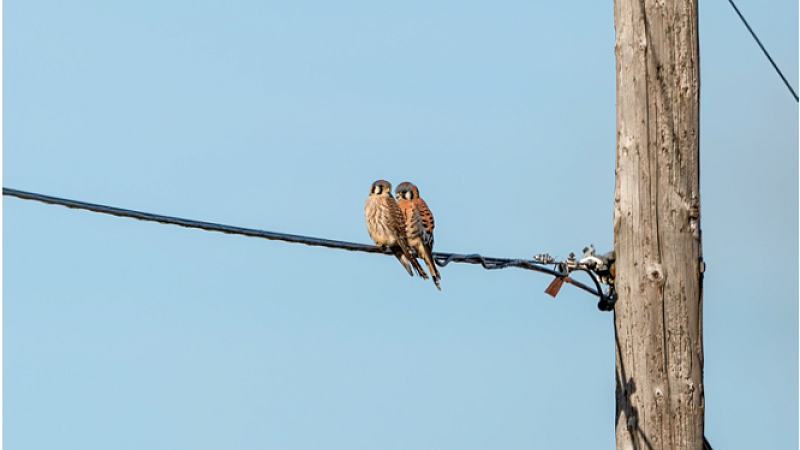
American kestrels.
American kestrels are the smallest and the most common falcon in North America. This photo was shot in Eugene; the left kestrel is a female, and the male is on the right. One of my hopes is to become a falconer or at least shoot photos of falconers hunting with their trained raptors. American kestrels consume a wide range of prey, including smaller birds. These tiny raptors can hunt down many small invasive birds, such as the European sterling. The European sterling is one of the most successful invasive species (you can see them everywhere around the country), and they compete with native species for nesting sites and more. In short, the European sterling is a destructive species even though it has somewhat cool-looking feathers.
